Fife-based photographer Rachel Watson spent six months photographing her subjects – either in the studio, or at outdoor locations including beaches, woodlands and gardens – with ages ranging from 40 to 97.
The result is 40 over 40, which opened at FifeSpace Gallery in Glenrothes’s Rothes Halls just over a month ago.
Rachel, who lives in the village of Saline near Dunfermline with her husband Steven and their three children aged 14, 13 and eight, laughs: “I’m 36, so I’m not even allowed to be in my own exhibition!”
Going under the name Rachel ShootSweet on her website and social media, Rachel has made it her mission to make women feel empowered through her photography.
Her idea for the exhibition came about after clients confided how they had lost confidence in themselves after middle age.
Rachel explains: “I have always loved photographing people – women in particular – and they were all coming to me saying ‘I’m too fat, I’m too old, my hair’s not nice’ … and I was looking at them and thinking ‘you’re beautiful – what are you talking about?’”
Becoming invisible
She adds: “A few years ago a client told me that it was almost the day that she turned 40 she felt like she became invisible.
“It really shocked me because it was such a statement to make and it was something I’d never considered before. It really stuck with me.
“The more I was working with women, the more I heard this about age specifically. I realised it’s so true that women can be young and ‘hot’ or be valuable because they’re making babies – but what happens when you’re no longer these things and you’re not the wise old grandma lady that everybody loves? What about that bit in between?
“For me, photographing women is all about empowerment. I do photograph men but generally it’s women because I want to be on their team and that can be personally or professionally.”
Rachel’s process is all about making her subjects feel comfortable and confident. She also doesn’t want them to believe they have to wait to feel this way.
She says: “When we hold off doing things for another day, what we’re doing is telling ourselves we’re not good enough for them now.
“You can’t keep holding off from doing what you want to do until later, because later is becoming now.”
Discovering photography
Rachel’s journey to becoming a photographer began after the arrival of her two elder children in her early 20s.
“I went to university and did an English degree and then I had the kids,” she explains. “The first two are only 17 months apart. I had really bad postnatal depression and didn’t have any recovery time before I then had a second baby. It was just a bit grim.”
Rachel’s health visitor noticed she was struggling and caught it early. She was prescribed medication, but continued to struggle – then she discovered photography.
“We went on holiday to the Lake District and my husband is a bit of a tech geek. He wanted to buy this fancy camera, you call it a bridge camera. I didn’t care at the time, but then I started using it.
“For me, depression is very much like having a wall around you and you struggle to connect with the world because you’re behind this wall, which is quite dark and scary.
“Taking pictures was the first time I was peeking at a wee gap in the wall, using the camera to see that the world was full of things that were really beautiful and happy. It was really healing.”
Borrowed every book
Rachel goes on: “I applied to college to study photography, but the kids were too little and I had already been funded through a degree – so I just went to the library and borrowed every book, read it three times and watched every YouTube tutorial and started practising. And I’ve been doing it for 12 years.”
Channelling the passion and energy she has for making her subjects feel their best – and taking her own advice to seize the moment – Rachel embarked on her 40 over 40 project last year.
“The time is never right – and waiting for the right time would make it never happen – so I just did it,” she laughs.
“I did it without enough planning or enough knowledge and started phoning gallery spaces. I didn’t apply for any funding because I didn’t know you could get any.”
In order to break even, Rachel charged for the photography sessions, which included a photoshoot, pre and post-shoot chats, hair, make-up and props.
Most of the participants were from east and central Scotland and the furthest away was from Australia.
The eldest was Rachel’s 97-year-old grandmother Sally Brown: “She is deaf and blind and she didn’t know until the day it happened.
“She’s smiling and it’s a proper, genuine smile. Everybody in the room gave her a big cheer and a big clap to tell her she was gorgeous.”
Rachel began the process with each participant by having an in-depth conversation about how they wanted to feel during the experience.
She explains: “We tried to find a feeling that we could build the session around.
“For some people that was really easy – it was to feel sexy or strong or even angry. It’s definitely not how you want to look, but how you want to feel.”
This conversation also helped to influence the setting of the shoot, as location could play a key part.
Helping her subjects feel relaxed
Rachel helped her clients to channel their feelings with optional hair and make-up as well as lighting and even background music on the day.
She goes on: “Each shoot was designed for that person – just for them to feel like their most epic self.
“And you get deep with that conversation. People were sharing with me real difficulties they’ve had and what their life journeys were. How they had felt and how they wanted to feel. I got really close with everyone.”
To allow her sitters the chance to relax, Rachel spent between one and two hours with them.
She says: “We’re all very familiar with our inner critic – we’re quite attuned to picking up those messages.
“There was one woman who was really nervous and while doing the shoot I stopped for a second and I said: ‘I want you to find the little part of you that is really excited about this and who wants to really enjoy it. Let’s just hand her the microphone’.
“The key is learning not to hate your inner critic because it is still a part of you. Its only job is to keep you safe. As soon as you can be grateful for that voice and be glad for what it’s telling you then you can decide to do things a different way and see how it goes.”
Around half of the women Rachel photographed were previous clients and the others were brand new. News of the exhibition shoots spread by word of mouth with friends telling each other they should sign up.
Two participants, Jo Strachan and Lesley-Ann Chessor, are breast cancer survivors and so it is fitting the charity Make Seconds Count was chosen to receive funds raised by a raffle at the exhibition launch event in May.
One woman took part as a surprise for her husband and he only found out on the opening night.
And, tragically, another participant Jill Marshall passed away suddenly just weeks before the exhibition opened. She was only in her late 40s.
Rachel explains: “Jill’s family were still keen for her to be in the gallery and they all attended the opening night. She had a brilliant group of people who came to be there for her and see her picture. She’s right in the middle of the big wall.”
And this really brings home Rachel’s message about living for the moment, as we truly don’t know what the future holds.
She adds: “While doing this project the message always seemed to be: ‘if not now, then when?’ When will you decide you are good enough, to celebrate yourself or take care of yourself?
“If you’re going to decide to be happy – you’ve got to decide now. You can’t wait any more.”
40 over 40 runs at FifeSpace Gallery, Rothes Halls, Glenrothes, until August 20. Admission is free.
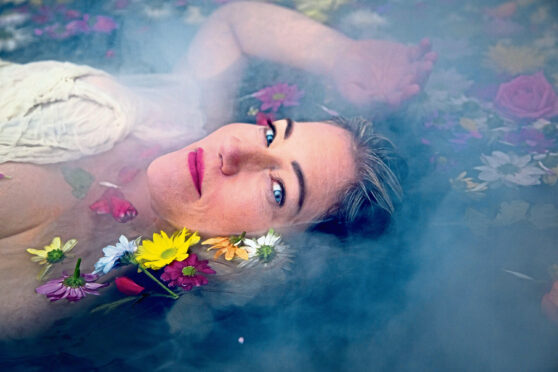
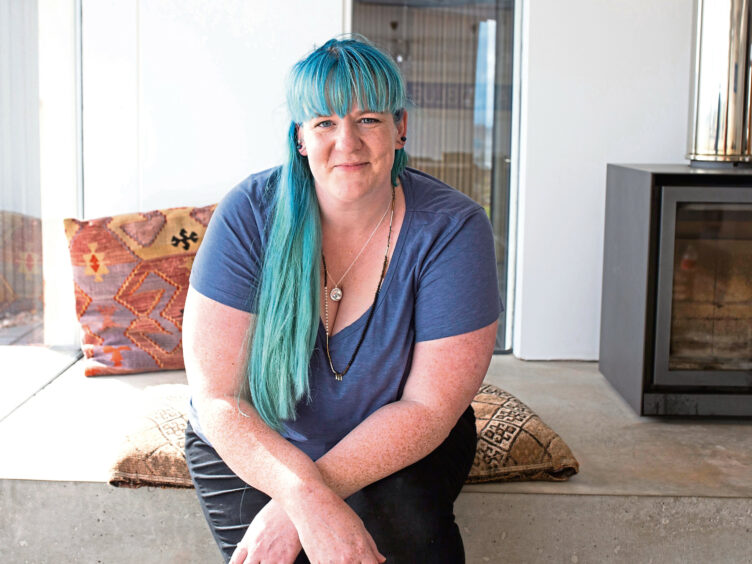
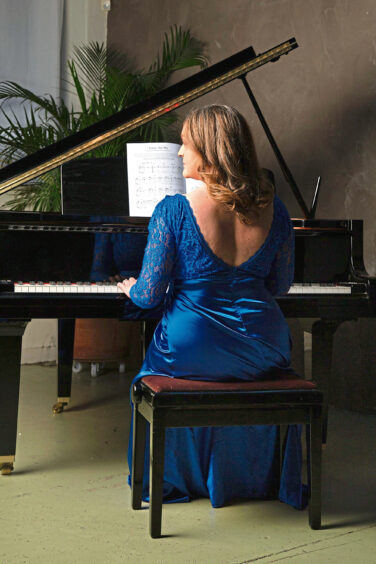
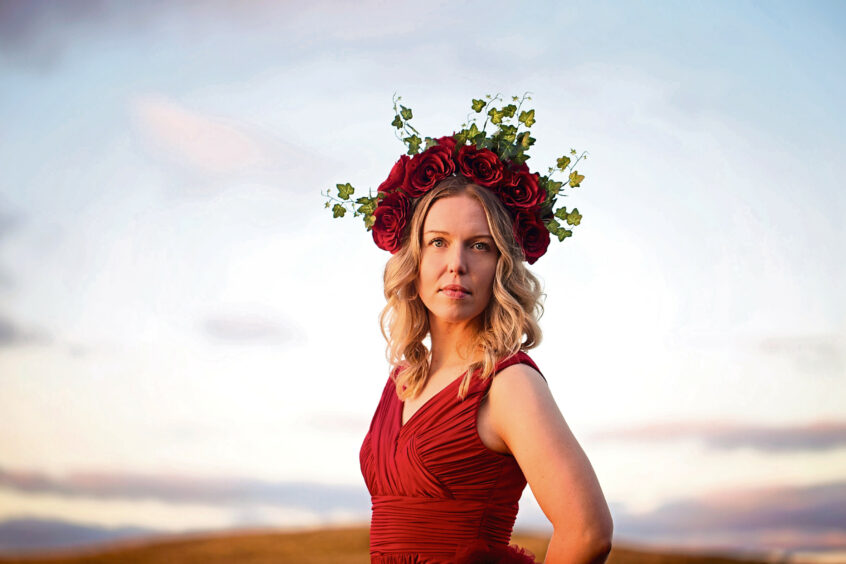
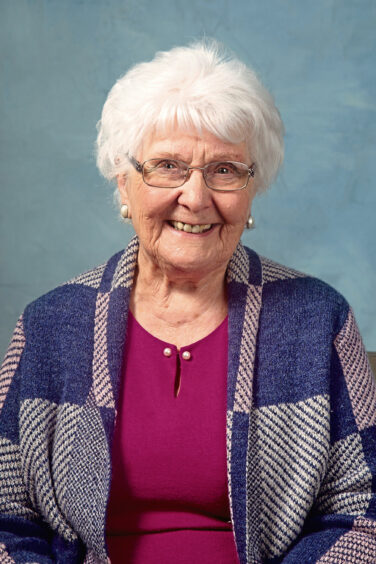
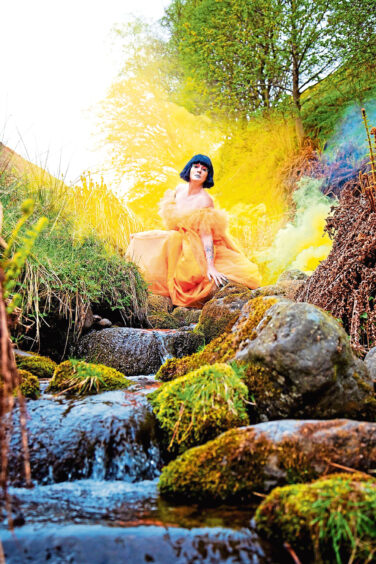
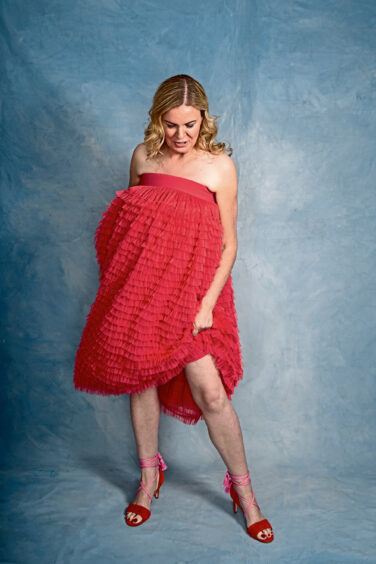
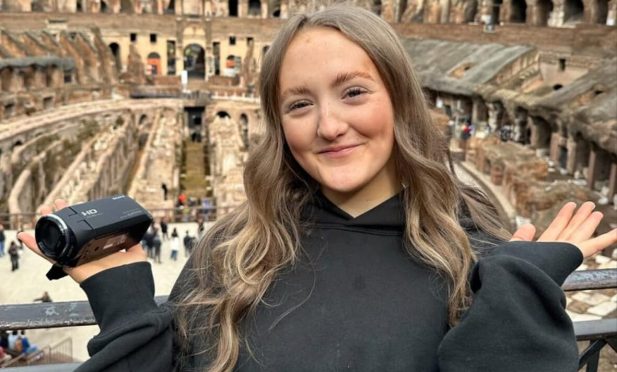
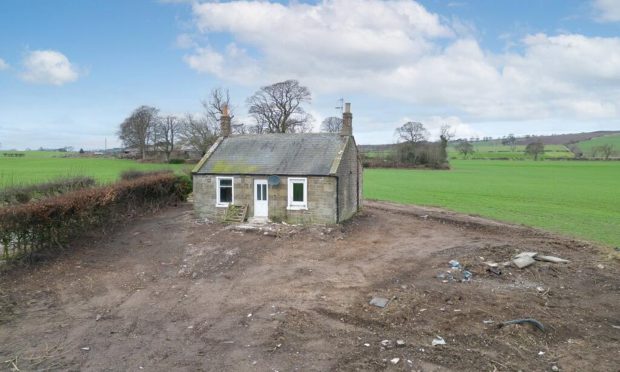

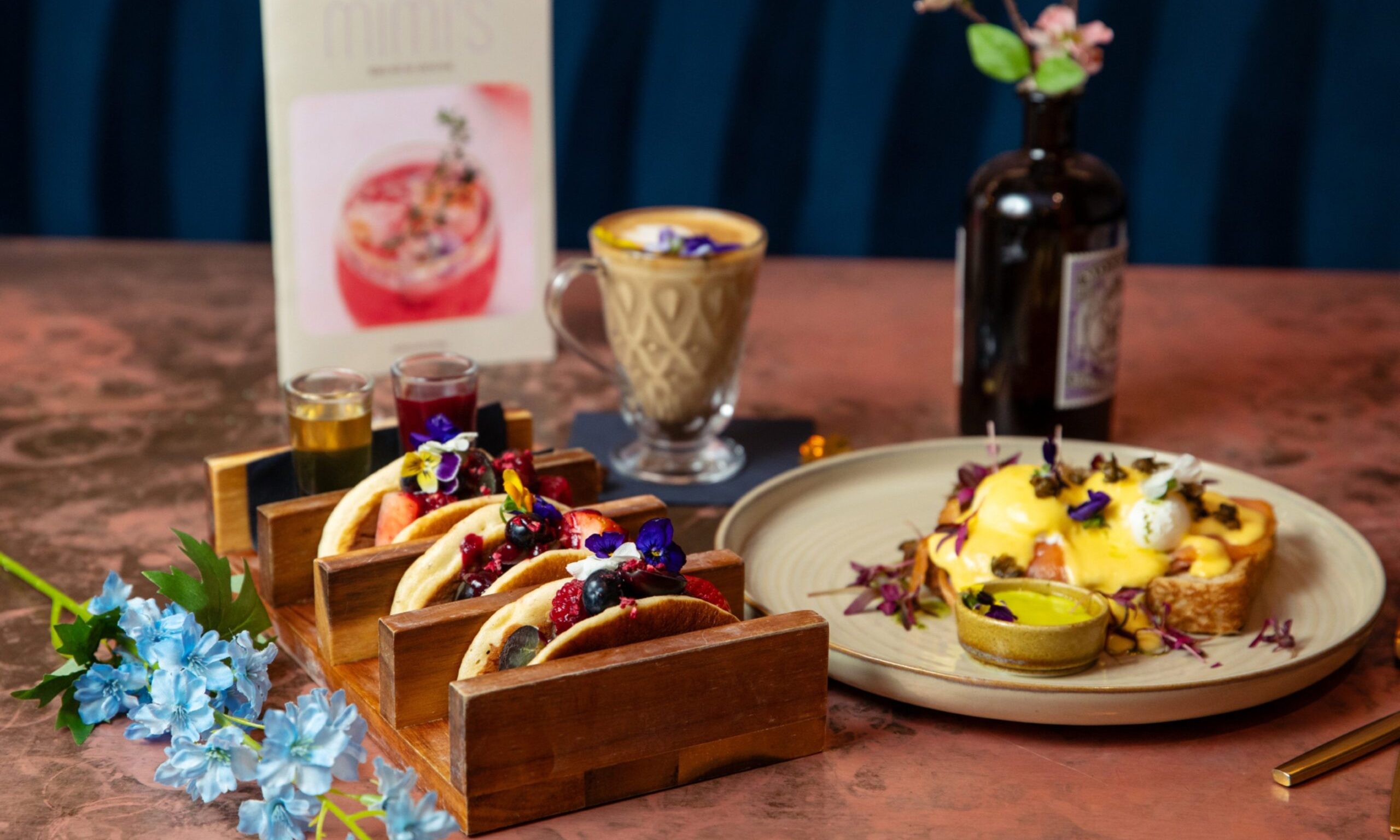
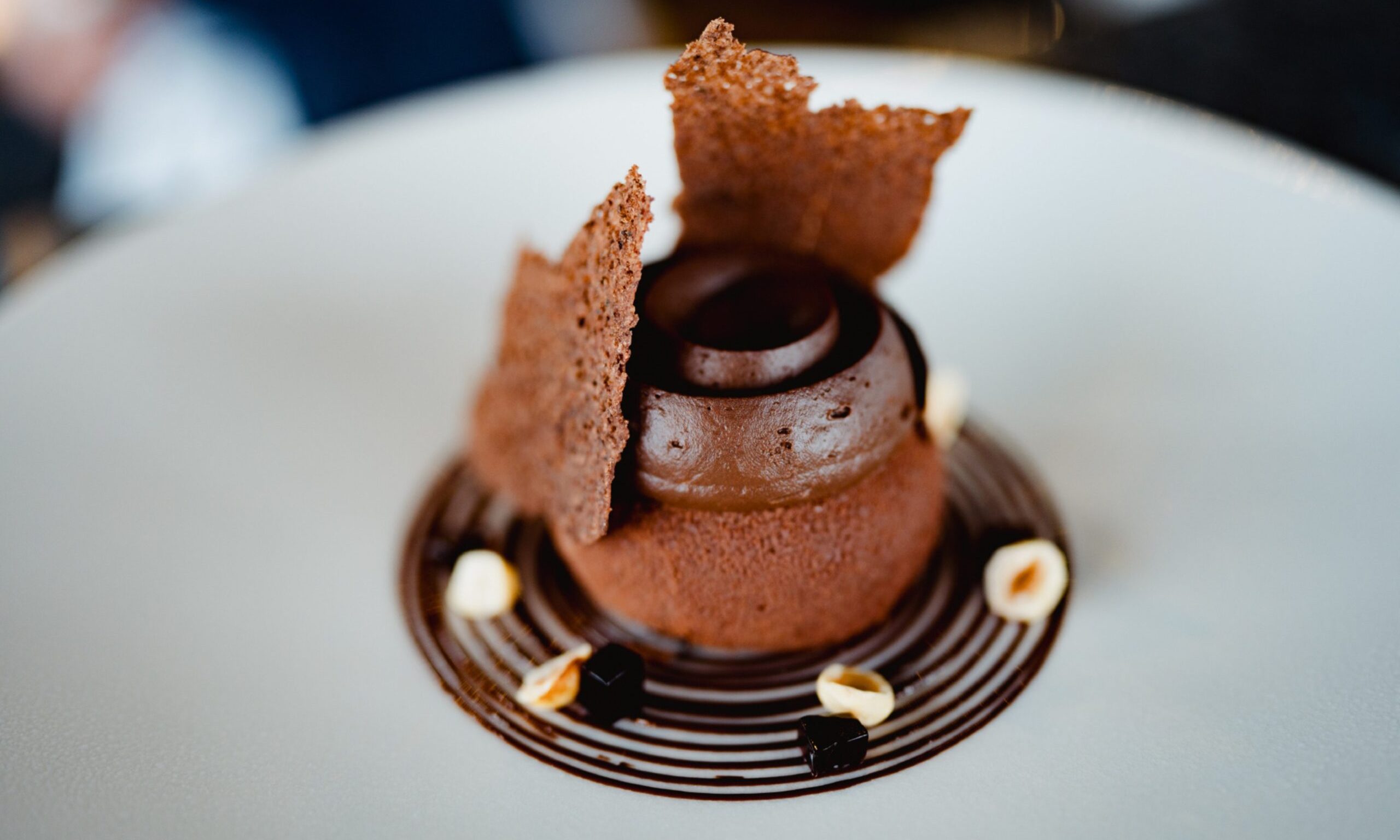
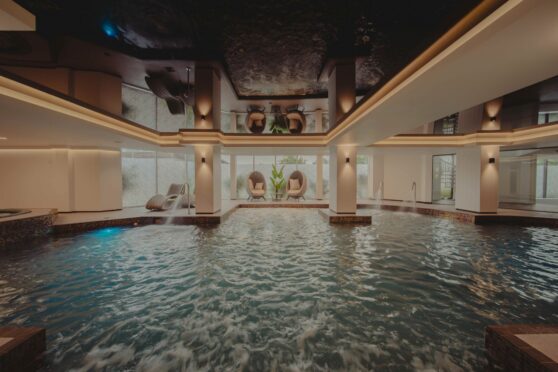
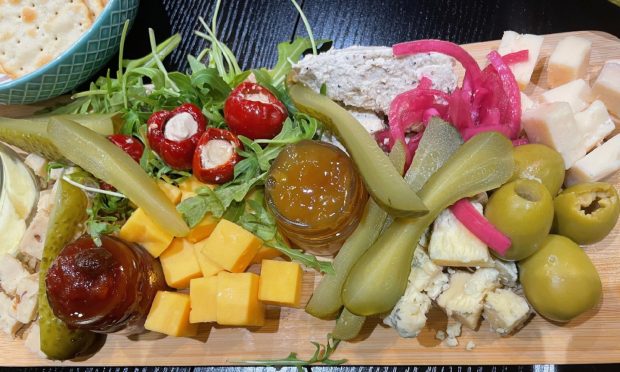
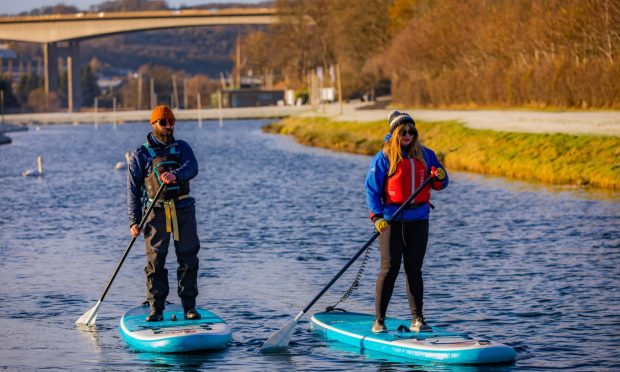

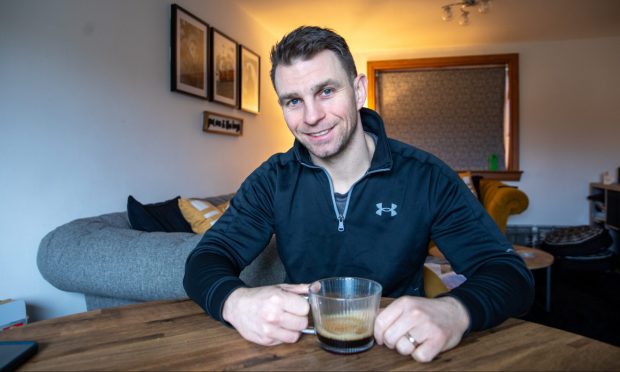
Conversation